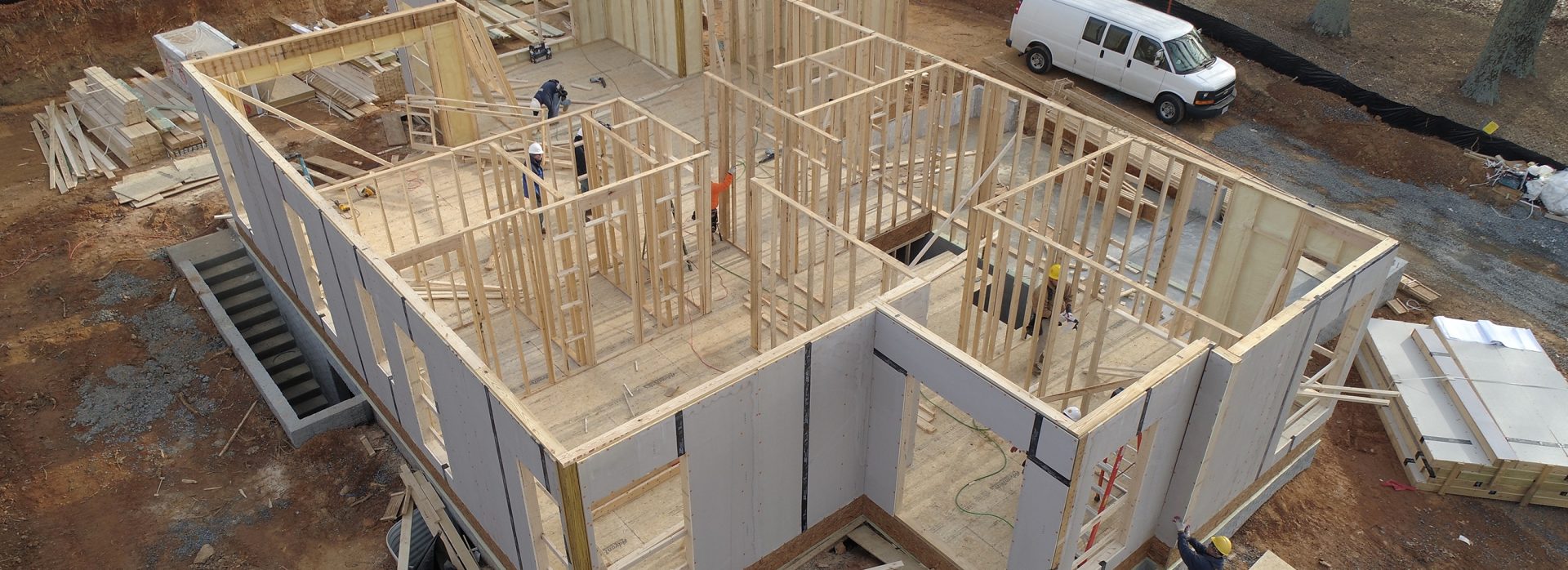
Have you noticed that basement walls tend to stay damp or that floors remain cold in winter? In many cases, the culprit is a poorly insulated plinth, which allows cold and moisture to enter the building.
Insulating the plinth is one of the most important steps in ensuring an energy-efficient and durable house, especially with current energy prices.
Today, more and more builders and homeowners are choosing PUR foam for insulation because it is one of the most efficient and sustainable insulation materials available.
In this post, we’ll provide an overview of why and how plinth insulation with PUR foam is carried out.
What happens when the plinth isn‘t properly insulated?
The plinth is the part of the building that connects the foundation with the exterior wall and is constantly exposed to:
- Ground moisture
- Cold winter air
- Cooling from warm indoor air
If the insulation is incomplete, made with the wrong materials, or entirely missing from the plinth, cold bridges and moisture damage can develop, leading to deterioration, mold growth, and higher heating bills.
Why use PUR Foam for insulation?
Polyurethane foam (PUR) is sprayed directly onto the surface, forming a uniform, seamless layer. This solution offers:
- High thermal resistance – with very low thermal conductivity (λ ≈ 0.020–0.025 W/mK)
- Moisture resistance – does not absorb water, does not rot, retains its properties
- Seamlessness – no cold bridges or joints
- Cold resistance – ideal for plinth areas, which are the most exposed to the weather
- Quick installation – fast curing and no need for mechanical fasteners
Best practices for plinth insulation with PUR Foam
1. Surface Preparation
- Remove dust, loose plaster, and dirt
- Prime the surface if necessary to improve adhesion
2. Multi-Layer Spraying
- Typically, a thickness of 5–10 cm is sufficient
- Apply in layers to avoid overspray
3. UV Protection and Finishing
- The PUR layer must be covered with a coating, plaster, or plinth panels, as UV radiation damages the foam
4. Proper Transitions Between Foundation and Wall
- Carefully seal all junctions to prevent cold bridges
PUR Foam vs. Traditional Insulation Materials
Before deciding which insulation material to use for the plinth, it’s worth comparing PUR foam to traditional board materials like EPS and XPS. The following table illustrates why PUR foam is often preferred, especially in complex and moisture-sensitive areas like the plinth.
| Property | PUR Foam | Polystyrene / EPS | XPS Board |
| Thermal conductivity | Very low (~0.022 W/m·K) | Low (~0.035 W/m·K) | Very low (~0.03 W/m·K) |
| Airtightness | Excellent | Limited | Good |
| Cold bridge trisk | None (seamless) | Present (board gaps) | Present (board gaps) |
| Installation speed | Very fast | Time-consuming | Time-consuming |
| Durability | High | Medium | High |
Summary: Why PUR is the best choice for plinths
Insulating your plinth with PUR foam is an investment that pays off both in the short and long term. With PUR foam, you get a more energy-efficient home, prevent moisture and mold issues, and ensure the visual and structural durability of your plinth for decades.
Contact the Polimaris team if you want your plinth insulation completed quickly, professionally, and durably.
Pro Tip Before Starting
Before ordering the work, make sure that:
- The plinth surface is dry and crack-free
- You have a clear plan for finishing the plinth (PUR foam needs protection from UV radiation)
- The work is performed by an experienced team familiar with PUR technology and building physics